הנס הופמן(1880-1966)

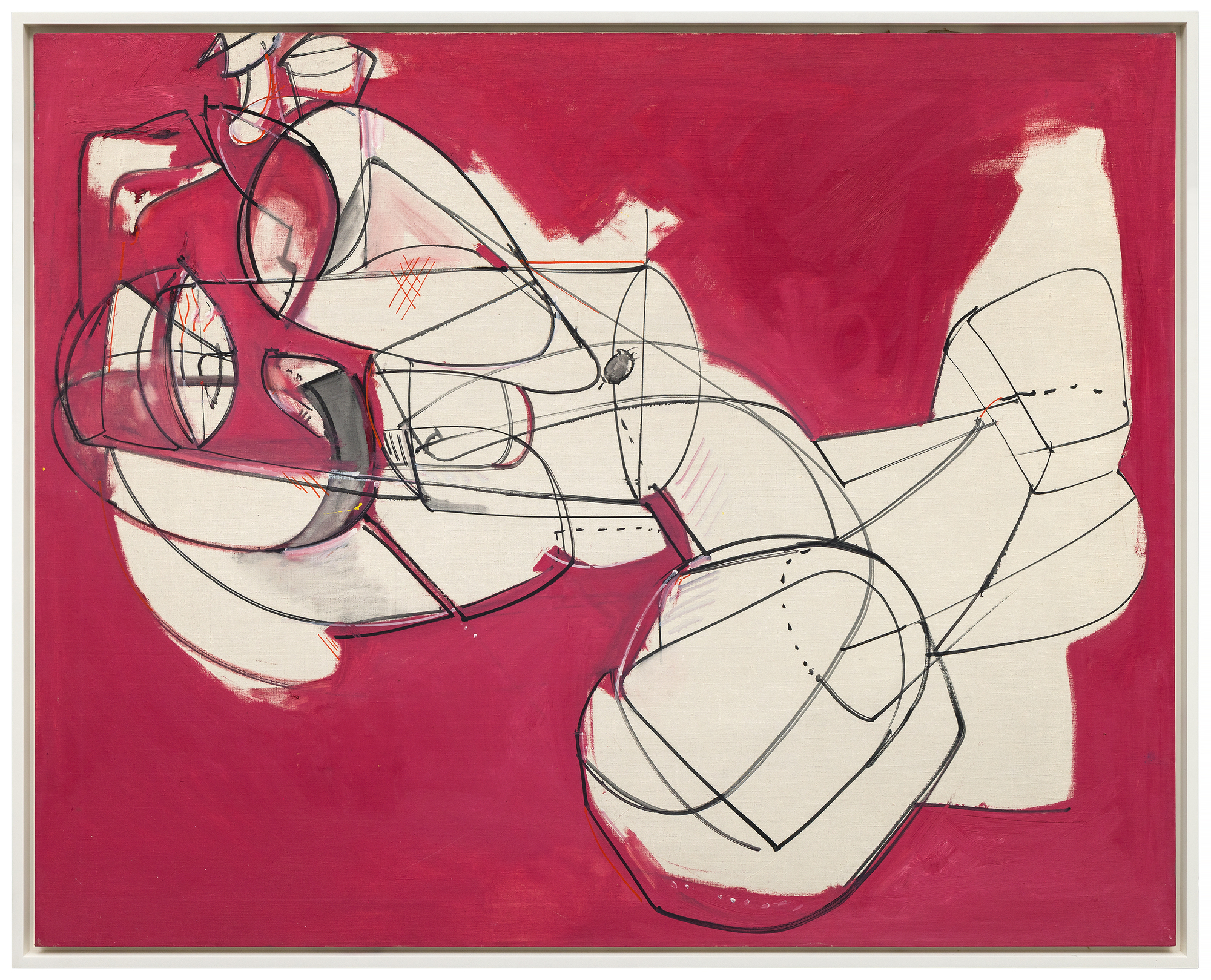
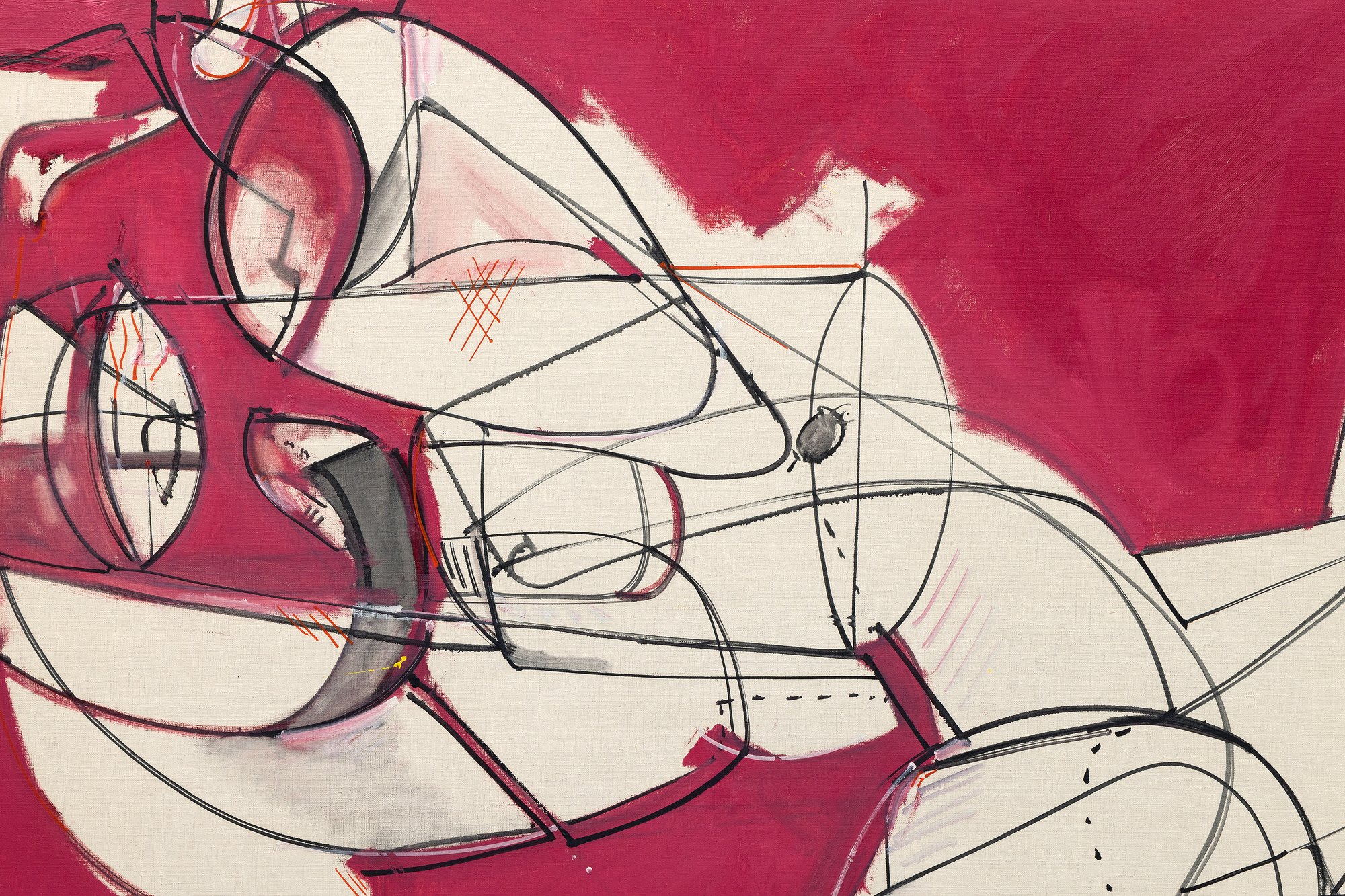
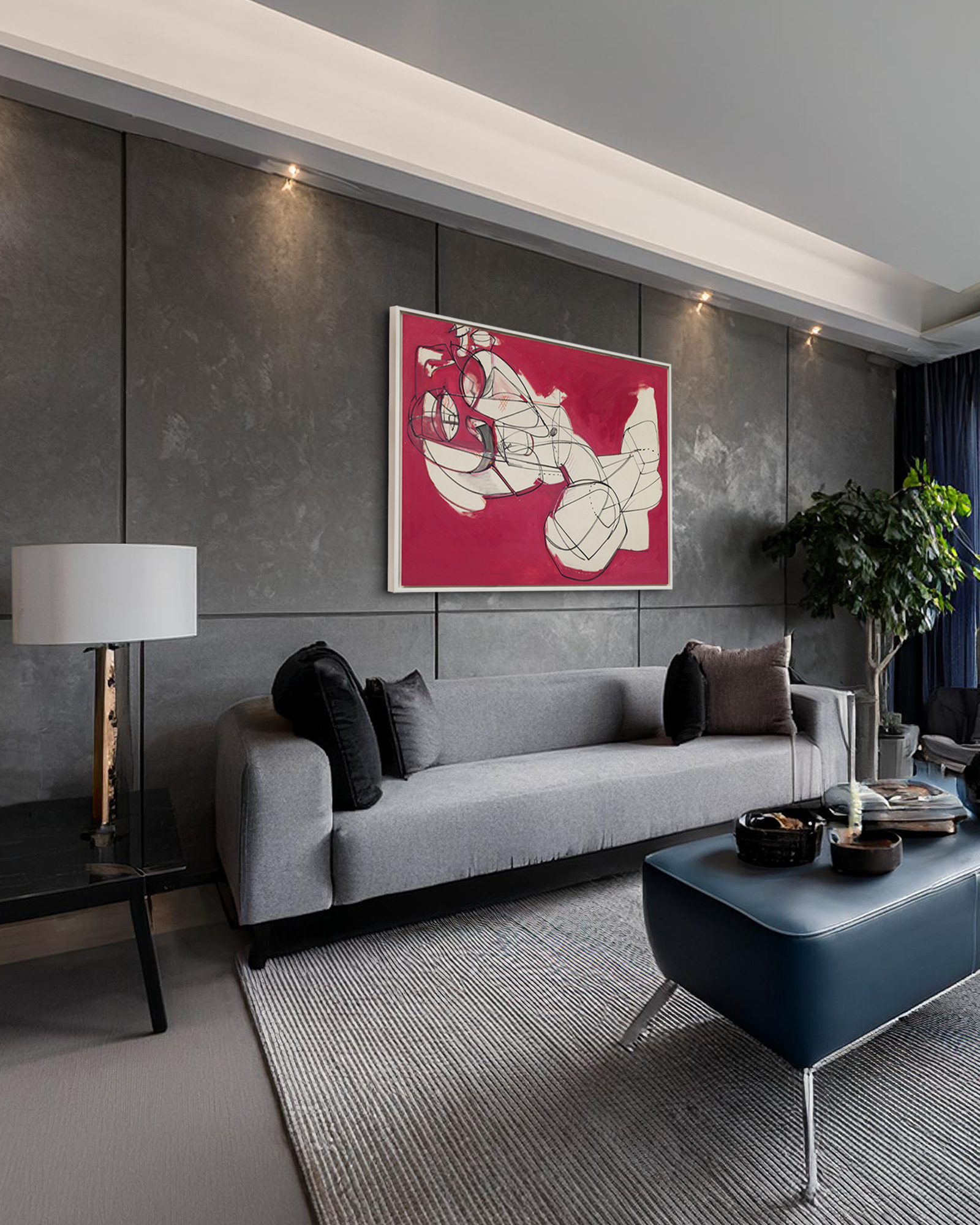
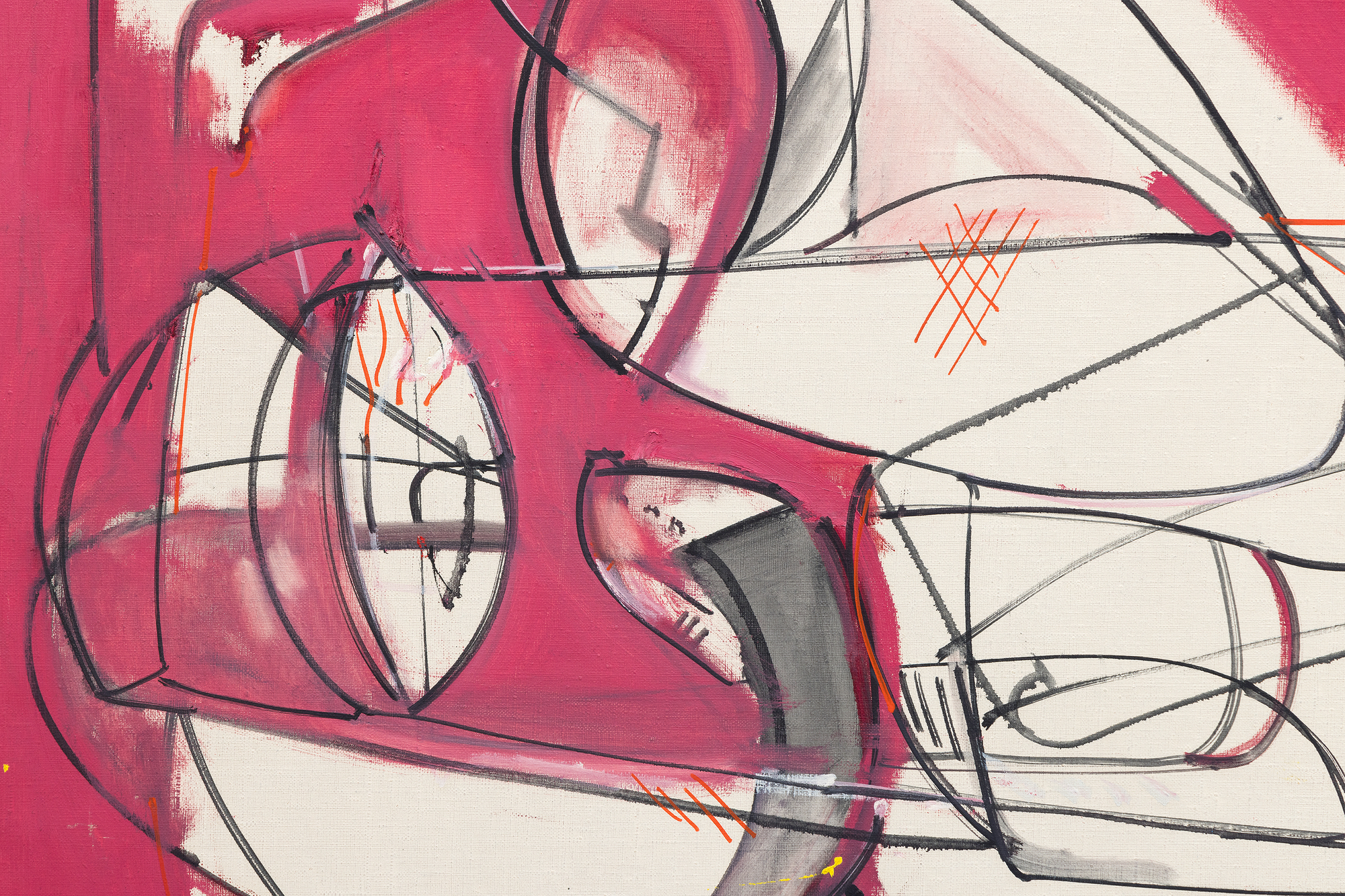
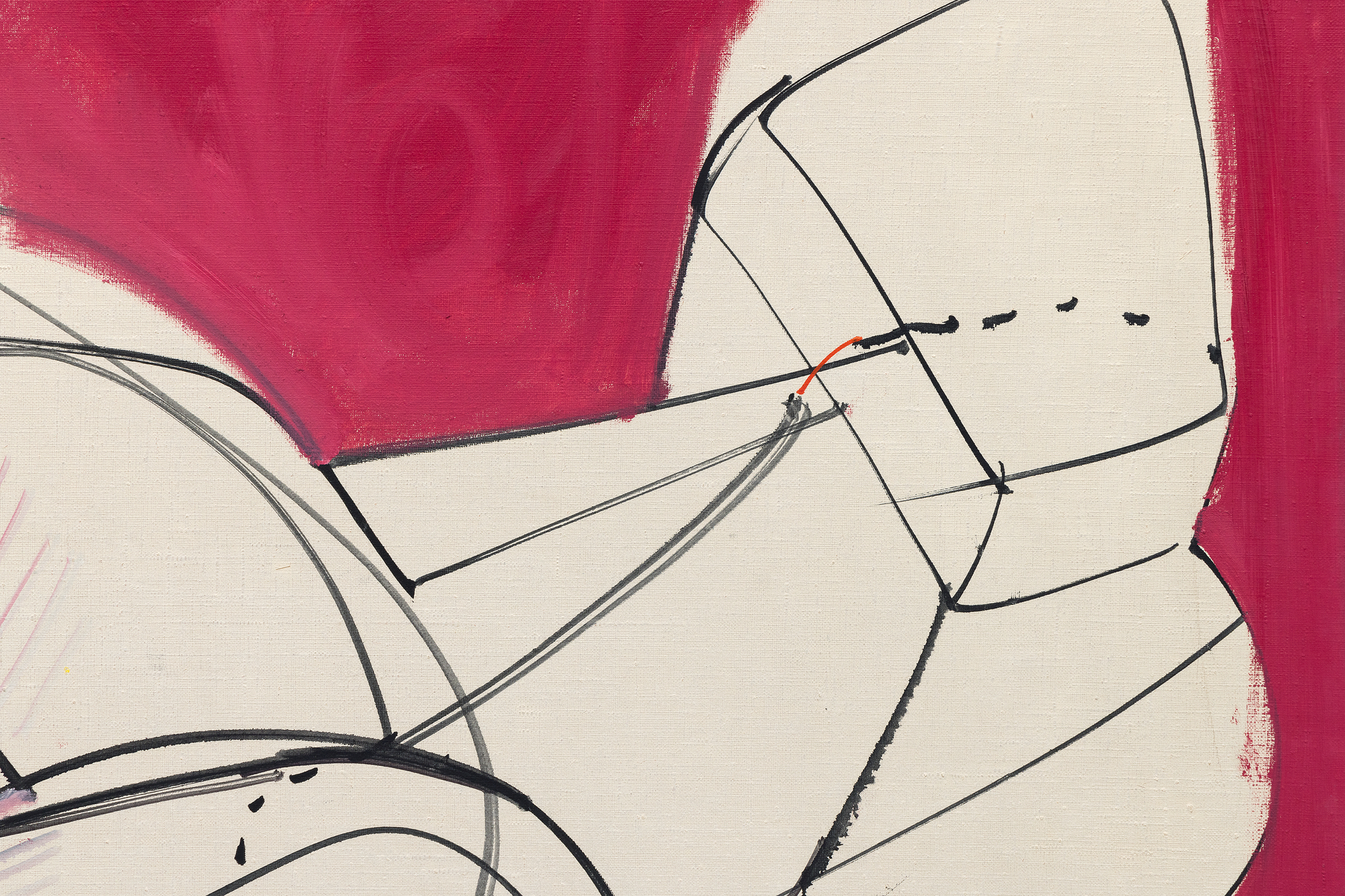
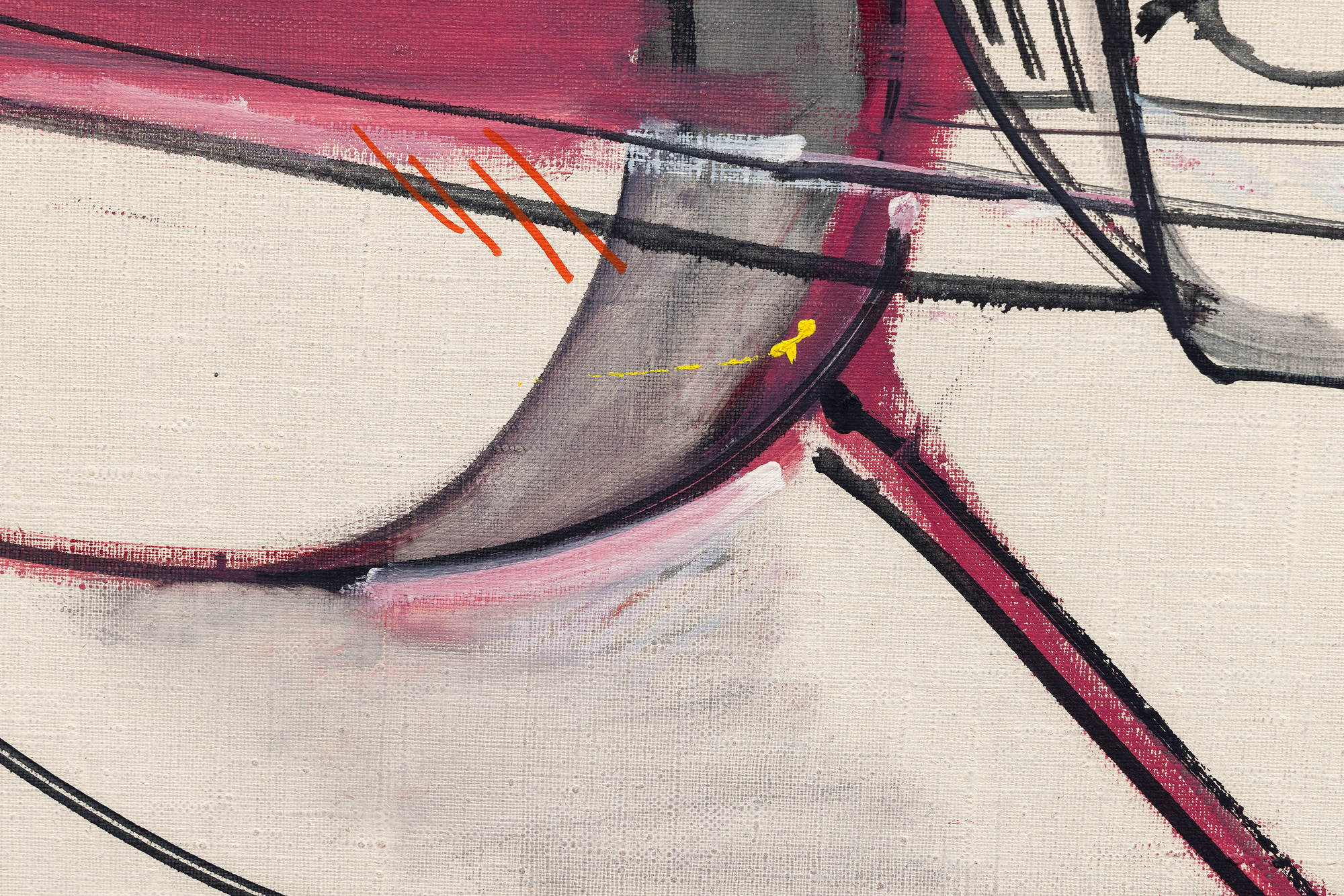



מקור ומקור
גלריה אנדרה אמריך, ניו יורק, ניו יורקעזבונו של הנס הופמן
Ameringer & Yohe Fine Art, ניו יורק, ניו יורק
אוסף פרטי, ניו ג'רזי
תערוכה
ניו יורק, ניו יורק, גלריית בטי פרסונס, הנס הופמן: עבודות אחרונות, 24 במרץ - 12 באפריל, 1947ניו יורק, ניו יורק, האקדמיה האמריקאית לאמנויות ואותיות, הנס הופמן, 1971
טורונטו, קנדה, גלריה דיוויד מירוויש, הנס הופמן: שנות השלושים עד שנות השישים, 15 באפריל - 23 במאי 1972
ניו יורק, ניו יורק, גלריית אנדרה אמריך, הנס הופמן, השנים 1947-1952, אפריל... עוד...il 3 - 28, 1976
ניו יורק, ניו יורק, אמרינגר יוהה, הנס הופמן: הלא מודע הבלתי מבויש; הרהורים על הופמן וסוריאליזם, 30 במרץ - 29 באפריל, 2006
ספרות
סינתיה גודמן, Hofmann: Abbeville Modern Masters, ניו יורק, 1986, pl. 45, עמ'. 56 (אייר בשחור-לבן)Jed Perl, Hans Hofmann, The Unabashed Unconscious: Reflections on Hofmann and Surrealism, New York, 2006, p. 37 (אייר בצבע)
Suzi Villiger, Hans Hofmann: Catalogue Raisonne of ציורים, כרך II, Surrey, 2014, HH cat. לֹא. 1135-1947, עמ'. 382 (אייר בצבע)
... פחות... מחיר 625,000
במהלך תקופה זו, הסתמכותו של הופמן על ליניאריות סיפקה יציאה מהדינמיות הקולחת והציורית יותר של יצירותיו הקודמות. משנת 1944 עד 1951, הדחף הליניארי הזה חלחל לתרגול שלו, וסימן חקירה ממושכת של אופני ביטוי שבהם הוא התמודד עם הפשטה ומבנה מיישבים. בעוד שחלקם ראו בשלב זה נסיגה מפריצות הדרך האנרגטיות שהגדירו את עלייתה של האמנות האמריקאית לבולטות עולמית, אחרים זיהו את הייחודיות של ציורים אלה. תמונה אסטרלית מס' 1 אתגרה את המסגרת של החזון הייחודי של הופמן, תוך שהיא ממזגת משמעת קוביסטית עם האנרגיה התוססת והסוררת שנותרה סימן היכר של יצירתו.
המישורים השטוחים של העבודה של ארגמן אליזרין בוהק, בניגוד לתנופה הזוויתית של הקווים, מעוררים קוסמוס של אנרגיה חסרת מנוח, המרמזים על הנושאים השמימיים שמציעה כותרתה. ציור זה משקף את החקירות המכוונות של הופמן במהלך שנות הארבעים המאוחרות, המדגישים את יכולתו הייחודית ליצור יצירות המתנגדות לקטגוריות קלות, הבולטות כחקירות אישיות עמוקות של צורה וצבע.


